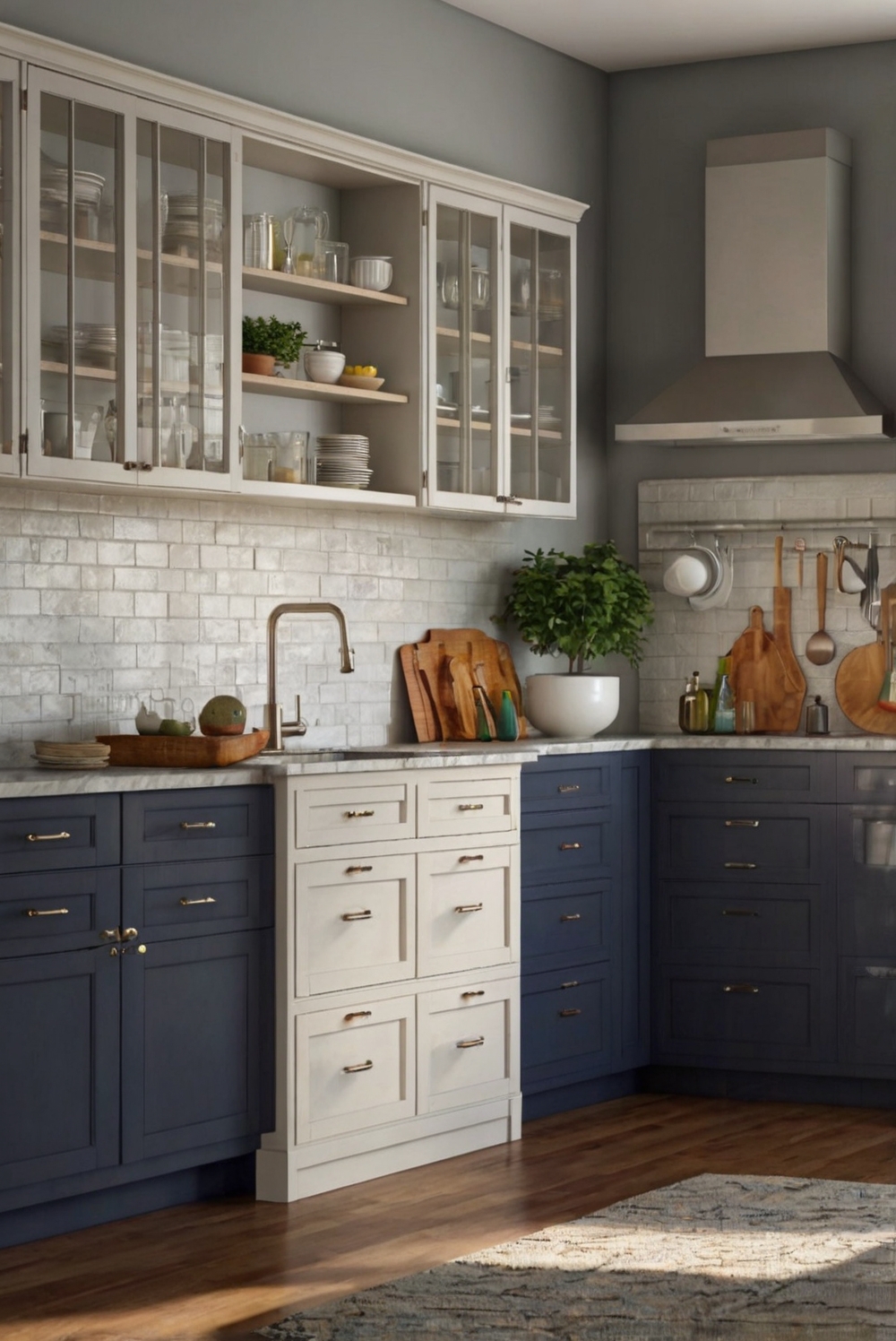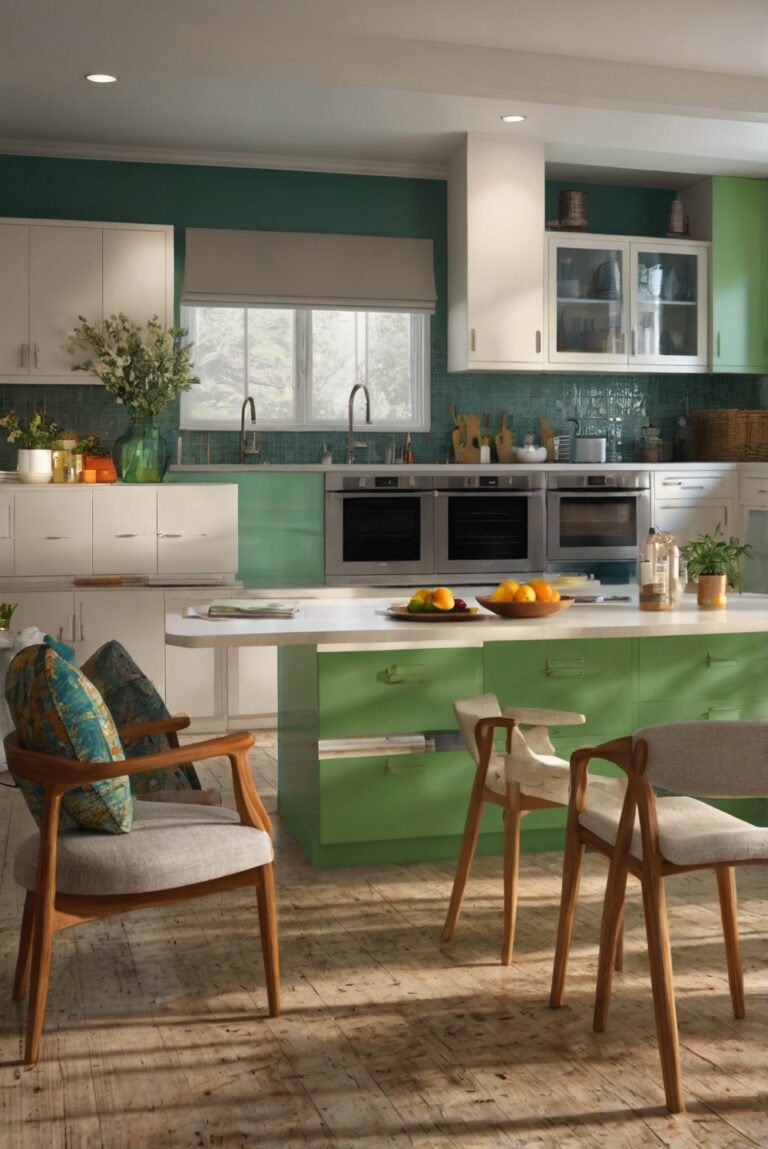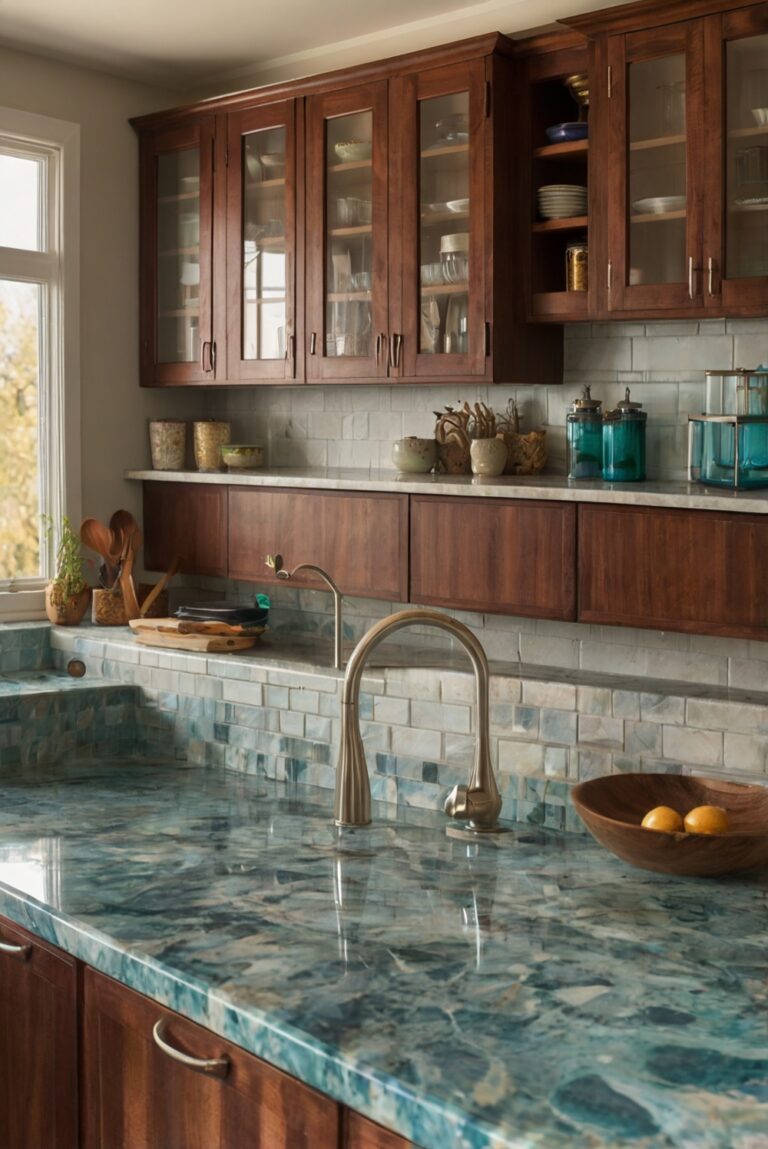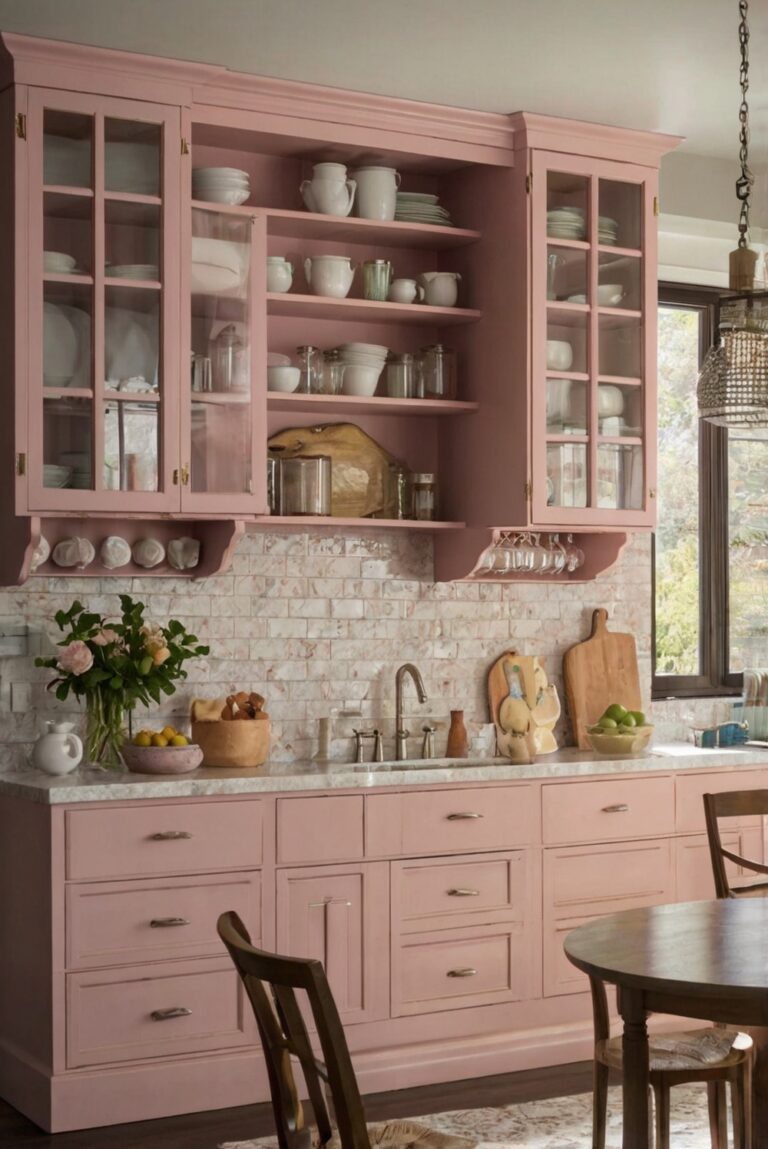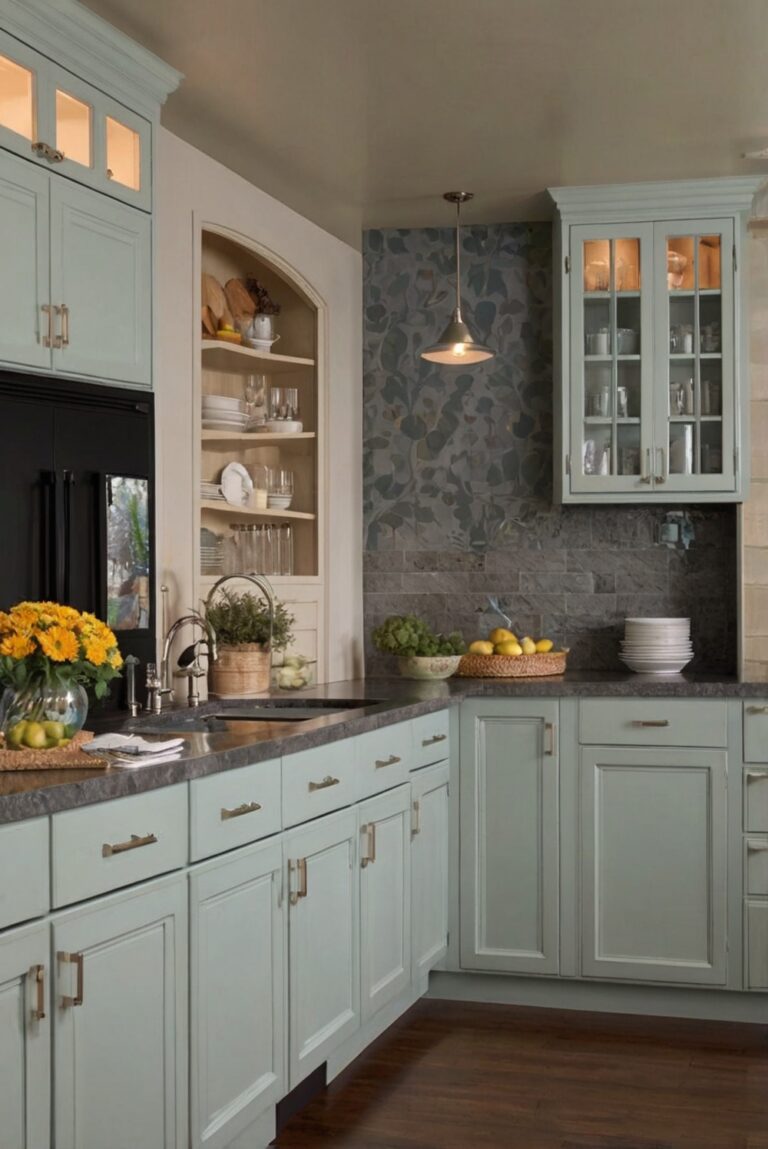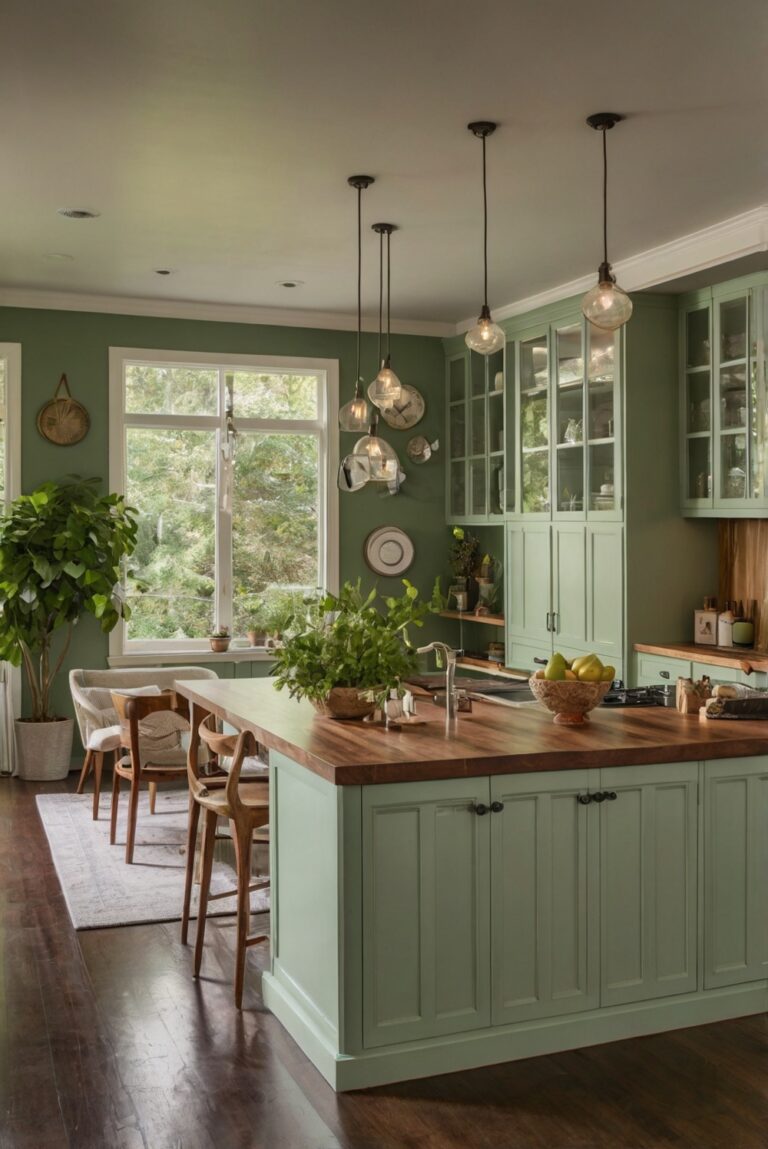Welcome to a daily insight into an interior designer’s routine on crafting kitchen cabinets for small or awkward spaces. Discover smart storage solutions and design tips.
How do you design kitchen cabinets for a small or awkward space?
Designing kitchen cabinets for a small or awkward space requires careful planning and maximizing every inch of available space. To make the most out of a small or awkward kitchen, consider the following tips:
1. Use vertical storage solutions like tall cabinets or open shelving to utilize wall space.
2. Opt for custom cabinets that can be tailored to fit the exact dimensions of the space.
3. Choose light-colored cabinets to create an illusion of openness and brightness.
4. Incorporate pull-out drawers or rotating shelves for easy access to hidden corners.
5. Consider eliminating upper cabinets in favor of open shelves to visually expand the space.
6. Utilize every nook and cranny for storage, including above the refrigerator or below the sink.
7. Use furniture that serves multiple purposes, such as an island with built-in storage or a breakfast bar.
8. Keep the color scheme light and cohesive to maintain a sense of continuity in the space.
By following these tips and utilizing creative storage solutions, you can design kitchen cabinets that are both functional and visually appealing, even in a small or awkward space.
Remember that organization is key when designing for limited space, so be mindful of clutter and regularly declutter to maintain a streamlined and efficient kitchen.
How to design kitchen cabinets for a small or awkward space?
When designing kitchen cabinets for a small or awkward space, it is essential to consider several key factors to maximize functionality and aesthetics. **Space utilization**, **storage optimization**, and **visual appeal** are crucial aspects to keep in mind. Here are some important points to consider:
Space Utilization:
– **Measurements:** Begin by accurately measuring the dimensions of the space to ensure that the cabinets fit perfectly.
– **Customization:** Consider customizing the cabinets to fit the specific dimensions and shape of the space, ensuring no wasted space.
– **Vertical Storage:** Utilize vertical space by installing tall cabinets that reach the ceiling to maximize storage capacity.
– **Open Shelving:** Incorporate open shelves to create a sense of openness and provide easy access to frequently used items.
Storage Optimization:
– **Pull-Out Drawers:** Opt for pull-out drawers instead of traditional shelves to maximize accessibility and storage capacity.
– **Corner Cabinets:** Utilize corner cabinets with rotating shelves or pull-out trays to make the most of awkward corner spaces.
– **Under-Cabinet Lighting:** Install under-cabinet lighting to illuminate dark corners and make it easier to find items.
– **Multi-Functional Cabinets:** Choose cabinets with built-in organizers, racks, or dividers to optimize storage for different items.
Visual Appeal:
– **Color and Finish:** Select light colors and glossy finishes to create an illusion of a larger space and reflect light.
– **Glass Front Cabinets:** Incorporate glass-front cabinets to visually expand the space and showcase decorative items.
– **Handles and Hardware:** Choose sleek and minimalistic handles and hardware to maintain a clean and streamlined look.
– **Integrated Appliances:** Consider integrating appliances into the cabinets to maintain a cohesive and seamless appearance.
Considerations for designing kitchen cabinets for a small or awkward space:
When designing kitchen cabinets for a small or awkward space, it is important to think outside the box and consider innovative solutions. **Maximizing storage**, **utilizing vertical space**, **customizing cabinets**, and **enhancing visual appeal** are key aspects to focus on. By carefully planning and designing your kitchen cabinets, you can create a functional, stylish, and efficient space that meets your needs and complements your home’s overall design.
1. What are some key strategies for designing kitchen cabinets in a small or awkward space?
Designing kitchen cabinets for a small or awkward space requires careful planning and strategic thinking. Some key strategies include maximizing vertical space by utilizing tall cabinets that reach the ceiling, incorporating pull-out shelves or drawers for easy access to items in deep cabinets, using slim cabinets or pull-out pantry solutions to make the most of narrow spaces, and opting for custom cabinetry to ensure a perfect fit for the unique dimensions of the space. Additionally, choosing light-colored cabinets and reflective surfaces can help create the illusion of a larger space.
2. How can I make the most of limited storage space in a small kitchen?
In a small kitchen with limited storage space, it’s important to maximize every inch of available space. This can be achieved by incorporating clever storage solutions such as hanging racks or hooks for pots and pans, utilizing the space above cabinets for storing infrequently used items, installing a magnetic knife strip on the wall to free up counter space, and using stackable or nesting containers to organize pantry items. Additionally, investing in multi-functional furniture pieces, such as a kitchen island with built-in storage, can help maximize storage space in a small kitchen.
3. What are some design considerations for creating a functional kitchen layout in a small or awkward space?
When designing a kitchen layout for a small or awkward space, it’s important to prioritize functionality and efficiency. Consider the work triangle – the arrangement of the sink, stove, and refrigerator – and aim to create a layout that allows for smooth traffic flow between these key areas. Opt for space-saving appliances, such as a compact dishwasher or a combination microwave/oven unit, to maximize counter space. Additionally, incorporating open shelving or glass-front cabinets can help visually expand the space and create a more open and airy feel.
4. Are there any specific materials or finishes that work well in small kitchen cabinets?
When designing kitchen cabinets for a small space, it’s important to choose materials and finishes that can help maximize the perceived size of the space. Opting for light-colored cabinets, such as white or light grey, can help reflect light and create a sense of openness. Additionally, choosing glossy finishes or materials with reflective properties, such as glass or stainless steel, can further enhance the illusion of a larger space. Consider using sleek and minimalist hardware to maintain a clean and uncluttered look in a small kitchen.
5. What are some common mistakes to avoid when designing kitchen cabinets for a small or awkward space?
When designing kitchen cabinets for a small or awkward space, there are several common mistakes to avoid. One of the most important things to consider is scale – be mindful of the size and proportions of cabinets and appliances to ensure they fit comfortably within the space. Avoid overcrowding the space with too many cabinets or bulky furniture pieces, as this can make the kitchen feel cramped and cluttered. Additionally, be cautious of sacrificing functionality for aesthetics – prioritize storage and usability when making design decisions for a small kitchen.

